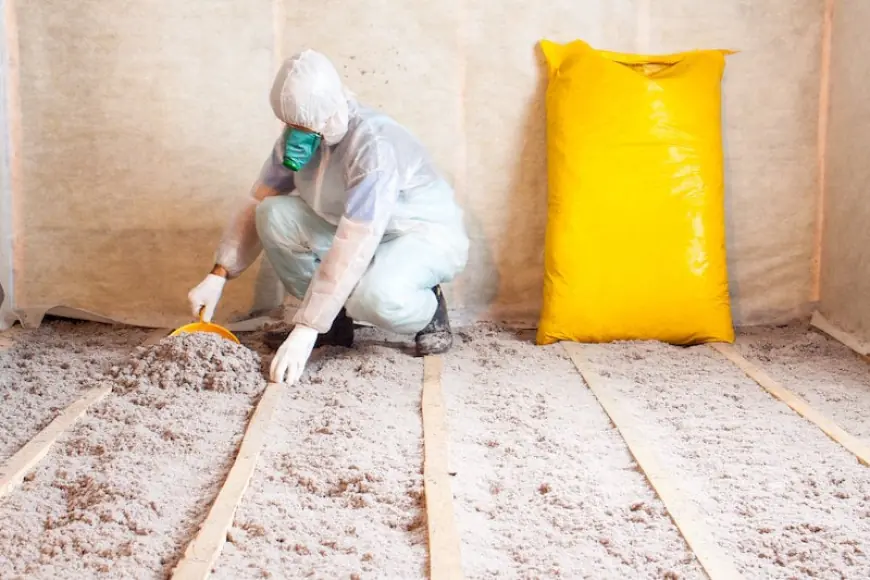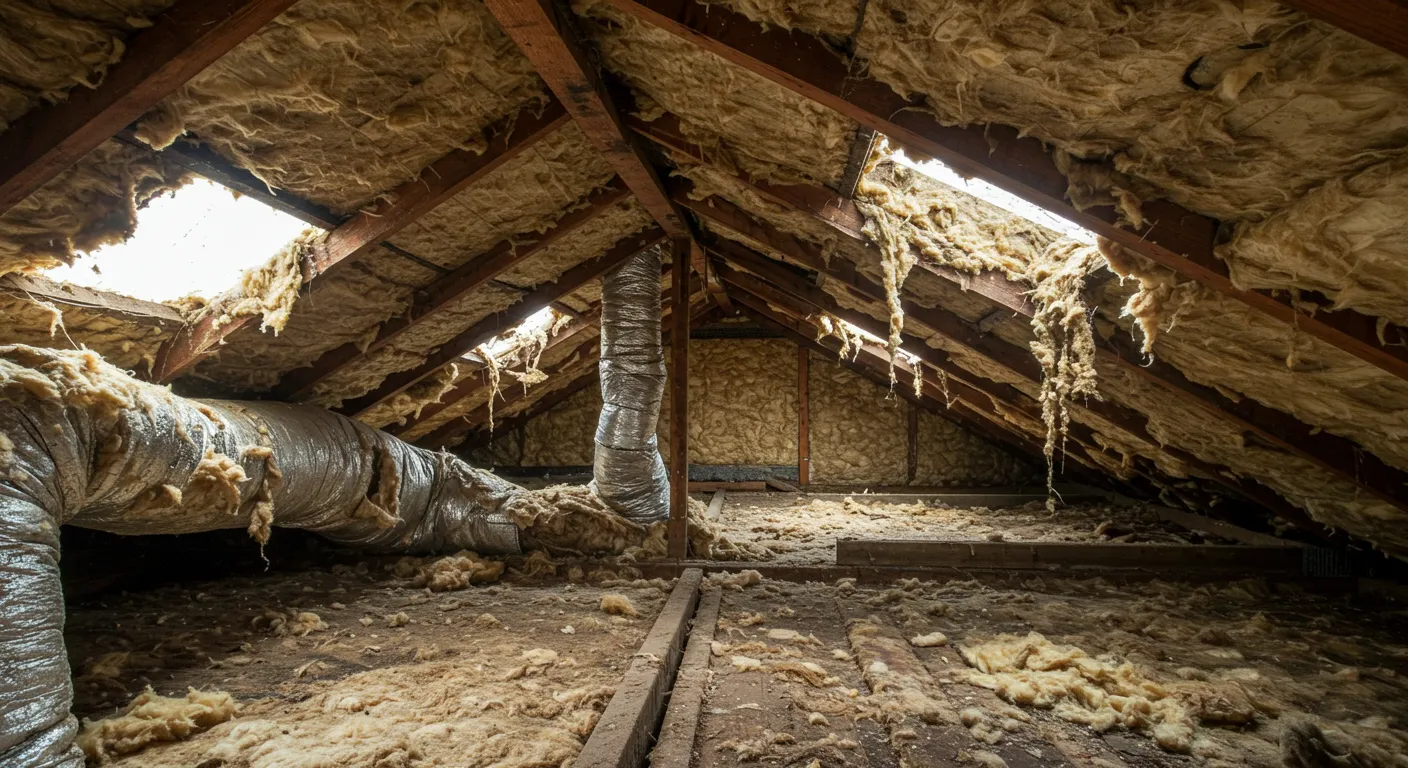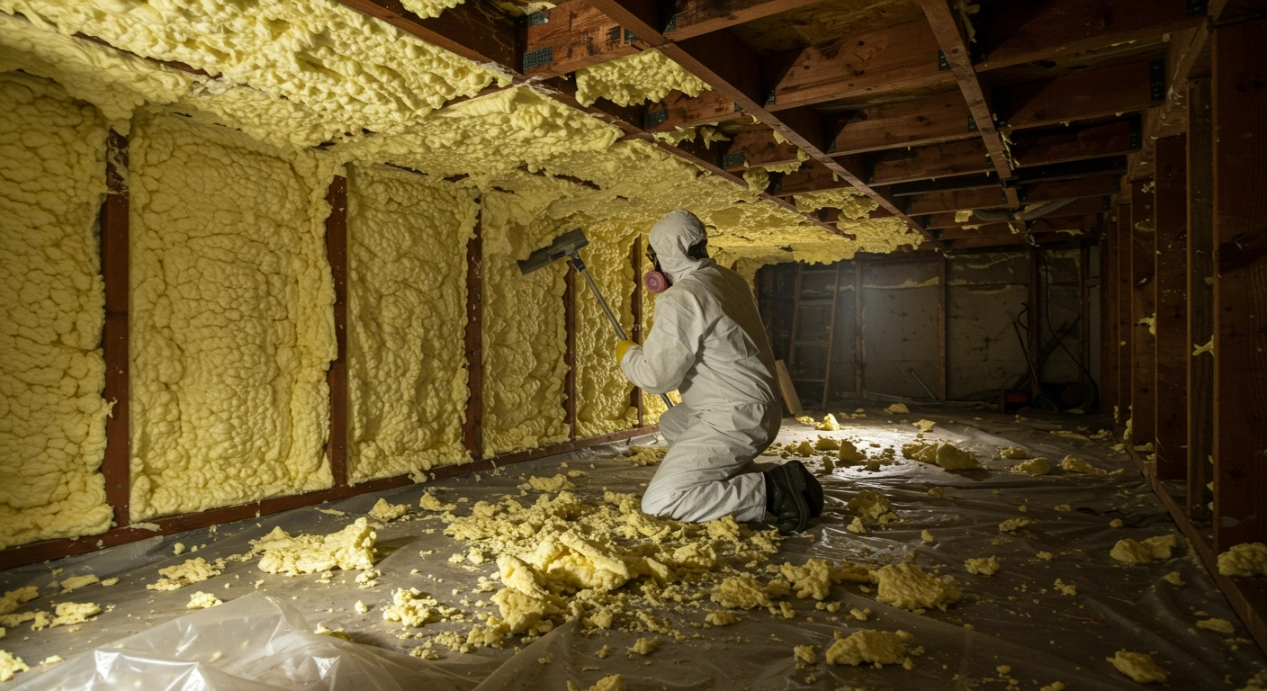How Professional Insulation Removal Prepares Your Home for Upgrades

Trying to upgrade your home’s insulation without getting rid of the old stuff first is like trying to repaint a wall without cleaning it—you’re just asking for trouble. Old insulation can be damaged, compressed, or even moldy, and leaving it in place can cause more headaches down the road. Professional insulation removal services clears the way for better upgrades and stops problems before they start.
If patching up energy issues or indoor comfort is getting frustrating, removing outdated insulation first can be the game changer. It’s a crucial step that sets the stage for a more effective, safer, and longer-lasting insulation upgrade.
Why Removing Old Insulation Matters
Removing old insulation isn’t just about clearing space—it’s about creating a clean slate that helps the new material work as intended.
Old Insulation Can Lose Effectiveness
Over time, insulation settles, gets damp, or becomes damaged. This reduces its ability to keep your home warm in winter and cool in summer. Removing it ensures the new insulation isn’t fighting an uphill battle.
Avoiding Hidden Health Hazards
Older insulation materials may contain mold, dust, or even asbestos in very old homes. Removing this safely helps protect indoor air quality and prevents health risks during installation.
Fun fact: Some old insulation materials can lose up to 50% of their R-value over time due to moisture and compression.
How Professional Removal Sets the Stage for Better Upgrades
Professionals use specialized tools and techniques to remove insulation thoroughly and safely, leaving your space ready for the new stuff.
Complete and Clean Removal
Professional removal goes beyond surface cleaning. It includes extracting all debris and contaminants so new insulation can adhere properly and perform at its best.
Prepping for Energy Efficiency
Removing old insulation also uncovers any hidden issues like leaks or damaged framing that need fixing before the upgrade. This step ensures the new insulation delivers maximum energy savings.
Fun fact: Removing old insulation can reveal air leaks that, once sealed, can improve energy efficiency by up to 20%.
Types of Insulation Removal and What to Expect
Different insulation materials require different removal methods, each with its own considerations.
Batt and Blanket Insulation
Typically made of fiberglass or mineral wool, this type is removed by hand or with vacuum systems, often in sections.
Blown-In Insulation
This loose-fill insulation needs specialized vacuum equipment to extract the small particles without damaging the structure.
Spray Foam Insulation
Removal here involves mechanical scraping or chemical treatments, often the most complex due to its adhesion and rigidity.

Preparing Your Home Before Insulation Removal
Proper preparation helps ensure safety and smooth removal.
Clear the Work Area
Remove furniture and belongings near the removal site to avoid contamination and damage.
Seal Off Living Spaces
Professionals typically seal off areas to prevent dust and fibers from spreading through the home’s ventilation system.
Common Question: Is DIY Insulation Removal a Good Idea?
Handling insulation removal yourself can seem tempting but often leads to incomplete removal and exposure to harmful materials like dust or mold spores. Professionals have the equipment and know-how to do the job safely and thoroughly.
Conclusion
Professional insulation removal is more than just tossing out old material—it’s a foundational step that prepares your home for a successful upgrade. By clearing out degraded insulation and addressing hidden issues, it boosts energy efficiency, indoor air quality, and long-term comfort. To ensure the job is done right, many homeowners turn to professional spray foam insulation contractors who can handle removal and installation with expertise.
FAQs
What happens if old insulation isn’t removed before upgrading?
New insulation may not perform correctly, leading to poor energy savings and potential moisture issues.
How long does professional insulation removal usually take?
Depending on the type and size of the project, it typically ranges from 1 to 5 days.
Can insulation removal expose harmful materials?
Yes, old insulation may contain dust, mold, or asbestos in some cases. Proper safety measures are essential during removal.
Is the removal process disruptive to daily life?
Some disruption is normal, but sealing and preparation minimize dust and disturbance in living spaces.
Will removing old insulation improve indoor air quality?
Yes, removing contaminated or degraded insulation reduces allergens and dust, improving overall air quality.
Reviewer: Maria Lopez reviewed the article and brought 12 years of insulation industry experience to improve the guidance. Practical tips were added, and the content was made clearer and more useful for professionals handling insulation removal and upgrades.
What's Your Reaction?
 Like
0
Like
0
 Dislike
0
Dislike
0
 Love
0
Love
0
 Funny
0
Funny
0
 Angry
0
Angry
0
 Sad
0
Sad
0
 Wow
0
Wow
0




















































